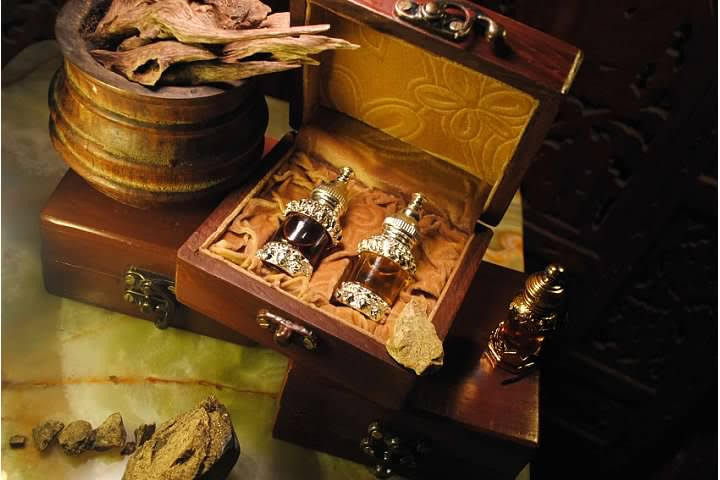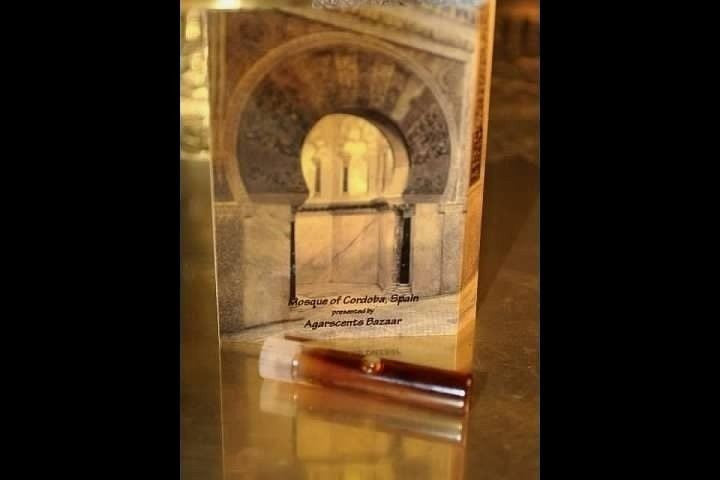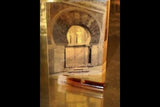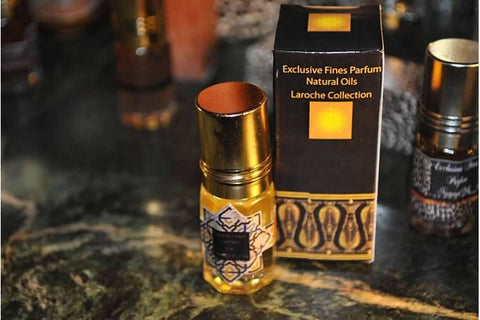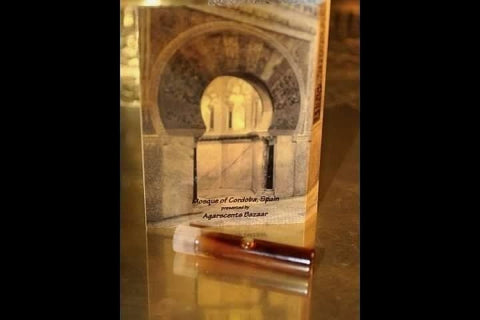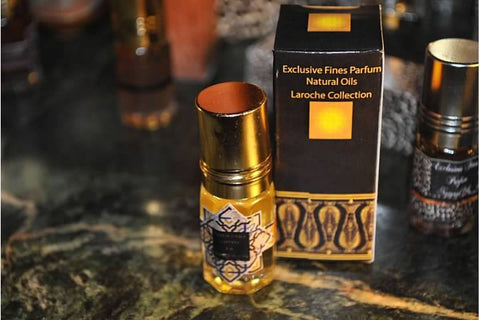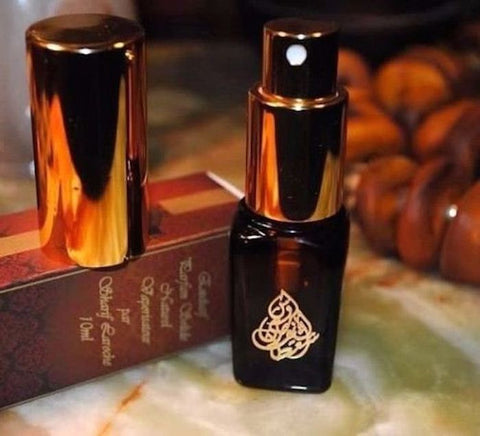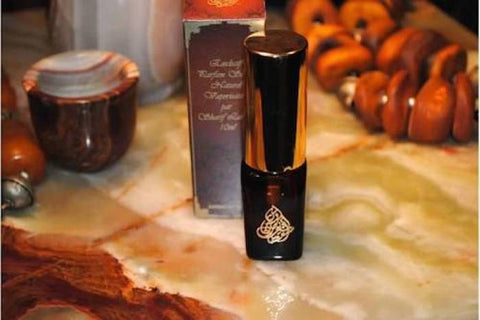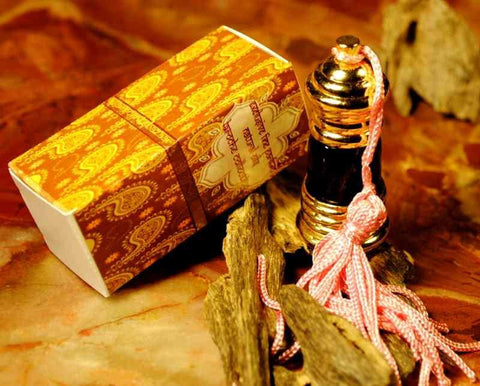Exkluzivně Sharif LaRoche - tři vzácné drahokamy z čistého pižma se spojily do nejbohatších a nejoblíbenějších Mukhallats ... Složitá kombinace Beaver (Castoreum), Civet a Deer Musk je vůně vůně aromatické, hypnotizující ... "feromonous" poznámky o živočišných pižonech přinášejí tajemství a intriky, takže nikdo nevěděl o své přítomnosti v Pheromone-3 ...
This fragrant diamond is not for the faint of heart, aggressively bold and intense, yet not 'in the rough', but skillfully refined and elegant to invite and attract healthy interaction and sheer moments of desire.
***
CO JSOU FEROMONY
The word pheromone is derived from the Greek phero, which means “to transport”and hormone meaning “to stimulate”. Pheromones are chemicals that are secreted or excreted by an individual and can trigger certain behavioural or social responses in members of the same species. Alarm pheromones, food trail pheromones and sex pheromones affect behaviour among many insects, vertebrates and plants, acting like chemical messengers between individuals. The chemical, neurological and physiological responses by the recipients are natural innate reactions to these chemical signals. Sex pheromones emitted by males and females tell other individuals about their species, well-being, reproductive ability, availability and desire. Certain substances, compounds and stimulants increase the level of sex hormones; aphrodisiacs of this type can be found in plants, herbs and animal substances - pure musk and true ambergris have been found to have aphrodisiac qualities, "pheromonal" activity, triggering physiological and behavioural responses by their natural odour.
***
CO JE CIVET
The Civet is a small-sized, slender omnivorous solitary mammal which is native to tropical (southeast) Asia and Africa. Out of the dozen species of civet, the African (Palm) Civet (Civettictis civetta) is the most known, as this is the main species the civet musk used within perfumery comes from. The African Civet is uniquely recognized with black and white stripes and blotches, large hind quarters and an erectile dorsal crest. Names used for the Civet are "toddy cat" in English and "musang" in Malay, though referring to the African Civet as 'civet cat' is misleading, as this animal is not a feline, in fact, related to weasels and mongooses.
***
CO JE DEER MUSK
The Musk Deer refers to one of the seven species that belong to the Moschus Moschidae, a smaller primitive deer compared to the cervid, or true deer. This type of deer is found in the Himalayas; Nepal, India, Tibet, China, Siberia and Mongolia. Moschids have longer hind legs than front legs and lacks antlers, but the male deer possesses tusk-like teeth and a musk gland. The substance with a pungent, penetrating odour produced by the musk gland “pod” of the Moschid is the actual pure Deer Musk.
***
CO JE CASTOREUM
Castoreum is referred to as the yellowish secretion from the castor sac (scent gland) of the North American Beaver (Castor Canadensis) or the European Beaver (Castor Fiber) - two different types with different scents and appearance. This castoreum secretion helps the beavers keep their fur shiny and water-repellent. Both male and female beavers use the pheromone-laced castoreum mixed with urine to mark their territory. This secretion is known for its use in perfumery, medicinal use and as a food additive.
